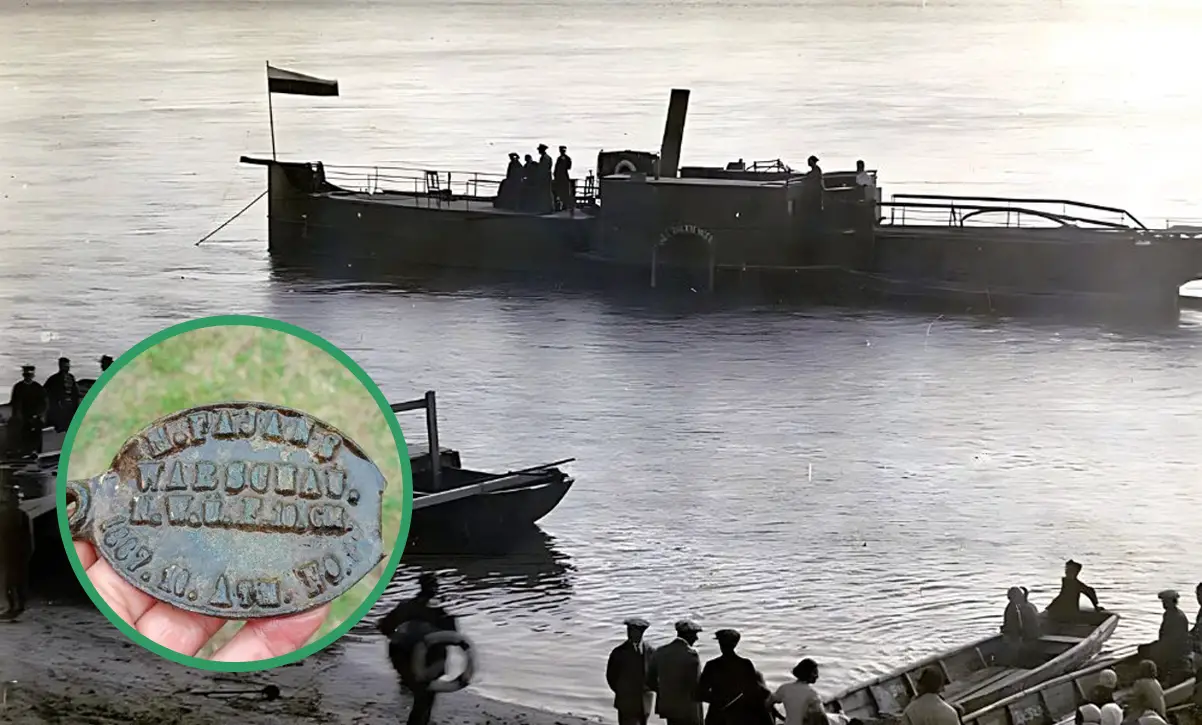Archaeologists have discovered the submerged wreck of the Hetman Żółkiewski in the town of Nowy Dwór Mazowiecki, Poland.
The wreck lies at the foot of Modlin Fortress, a 19th century bastion citadel constructed at the convergence of the Narew and Vistula rivers.
The Hetman Żółkiewski was built in the Warsaw shipyards in 1887, where it originally served as a passenger steamer called the Henryk.
After being sold to various owners, the ship was acquired by the Polish Navy during the Kiev offensive (1920) – a joint military campaign by the Ukrainian People’s Republic and the Second Polish Republic, aimed at reclaiming Ukrainian territories annexed by the Russian Soviet Federative Socialist Republic.
Following the conclusion of the Polish-Bolshevik War (1919 – 1921), the Hetman Żółkiewski was pressed into the Riverine Flotilla of the Polish Navy, better known as the Pinsk Flotilla.
During the invasion of Poland (1939) by Nazi Germany, the Slovak Republic, and the Soviet Union, most of the flotilla’s ships were scuttled by their crews to avoid capture.
According to military records, the Hetman Żółkiewski was serving as a tugboat with the Bridge Battalion in Kazuń, but how it ended up submerged in the Narew River remains a mystery.
The discovery of the wreck was the result of years of research and exploration by the Triglav Exploration and Search Group, which focuses on uncovering historical artefacts and the surrounding archaeological remains related to the Modlin Fortress.
The researchers collected contemporary accounts from soldiers who served at Modlin in 1939, who described military equipment and naval assets being sunk in the river to prevent capture by German forces.
Sonar scans revealed six submerged vessels, one of which stood out for its armoured portholes and propulsion elements, which matched descriptions of the Hetman Żółkiewski.
On October 5 2024, diver Artur Sobczak confirmed the ship’s identity by finding a nameplate.
The Polish Navy Museum has expressed interest in preserving the wreck’s artefacts for public display, as no river flotilla exhibits currently exist in the museum’s collection.
Header Image Credit : S.Kaliński
Sources : PAP







